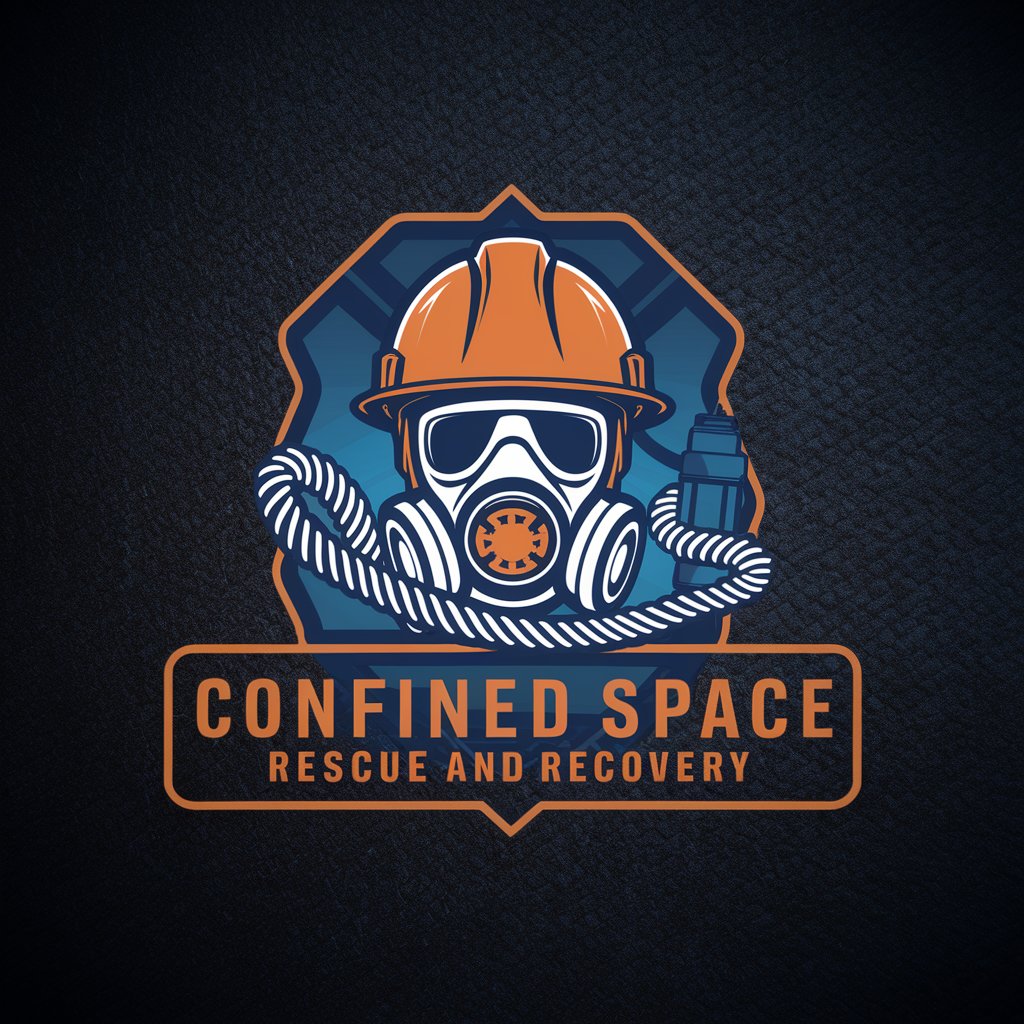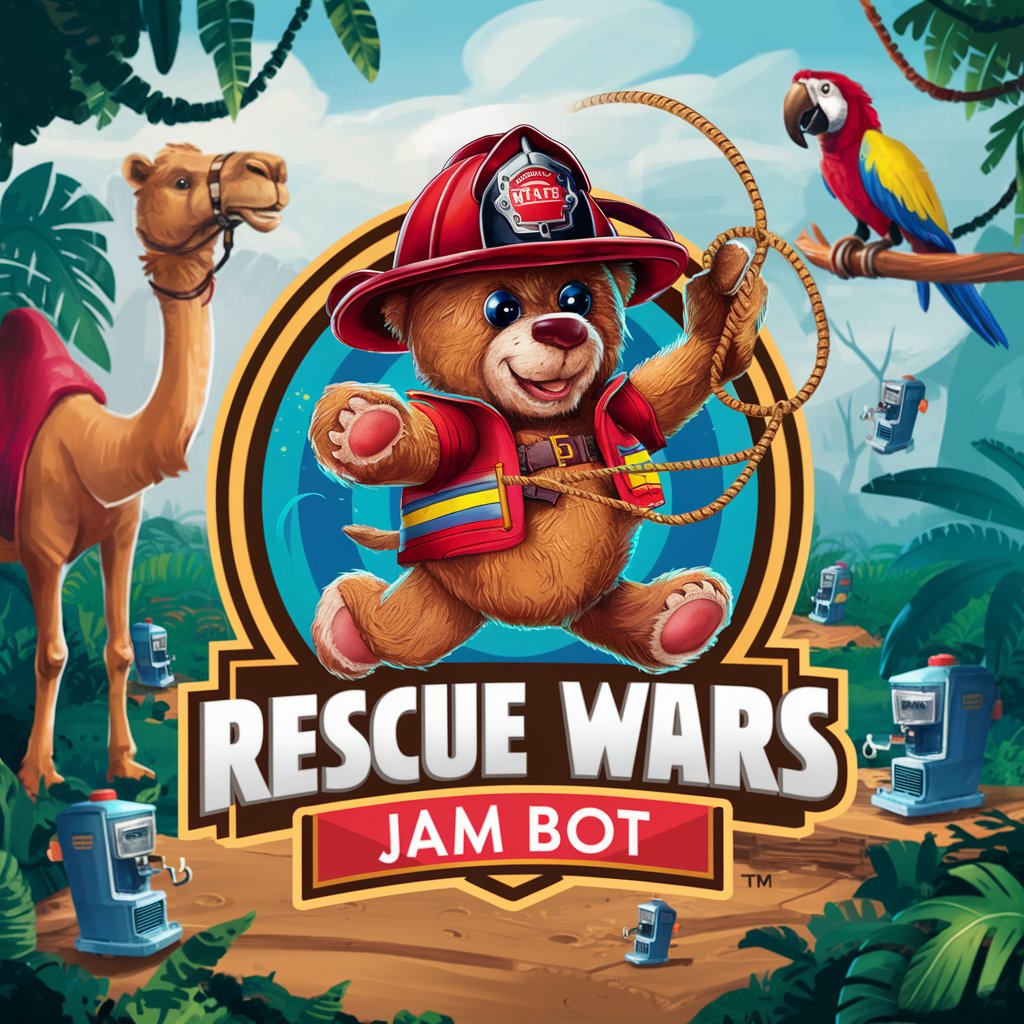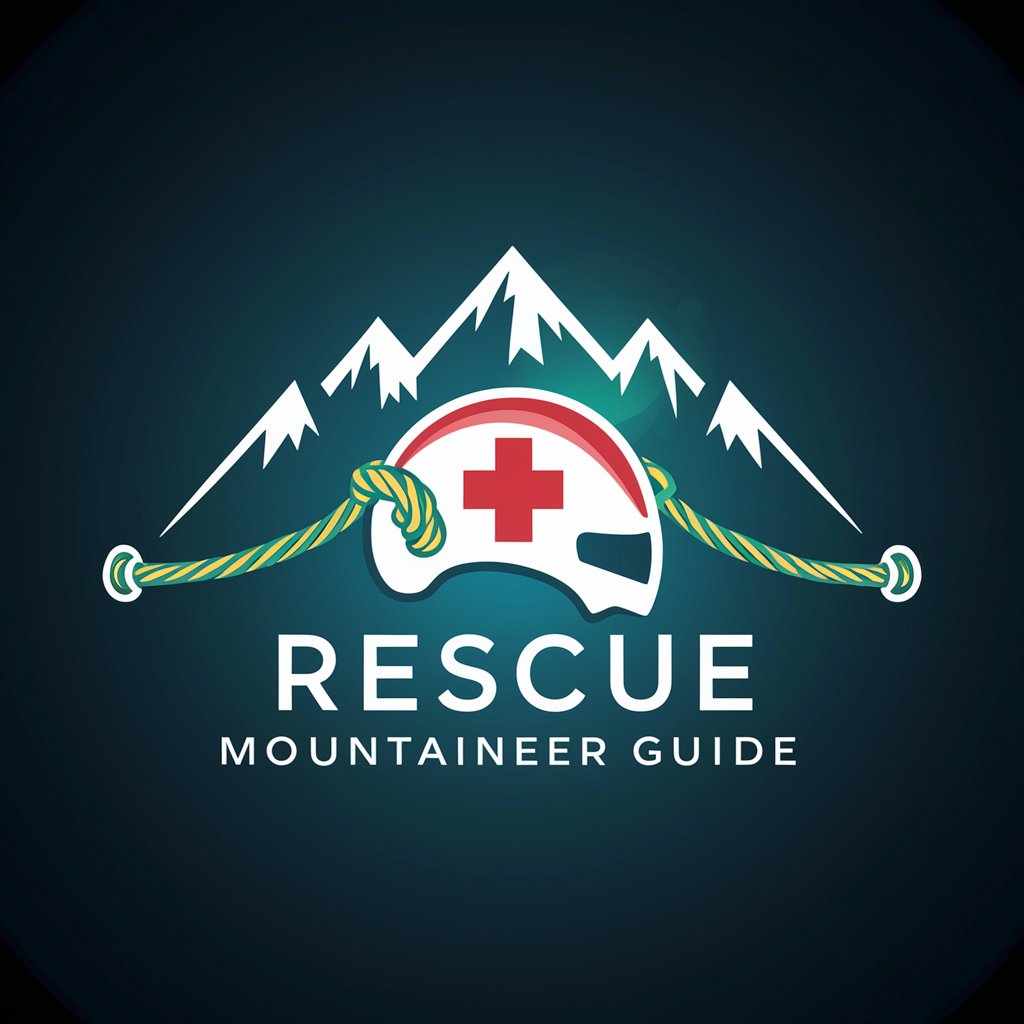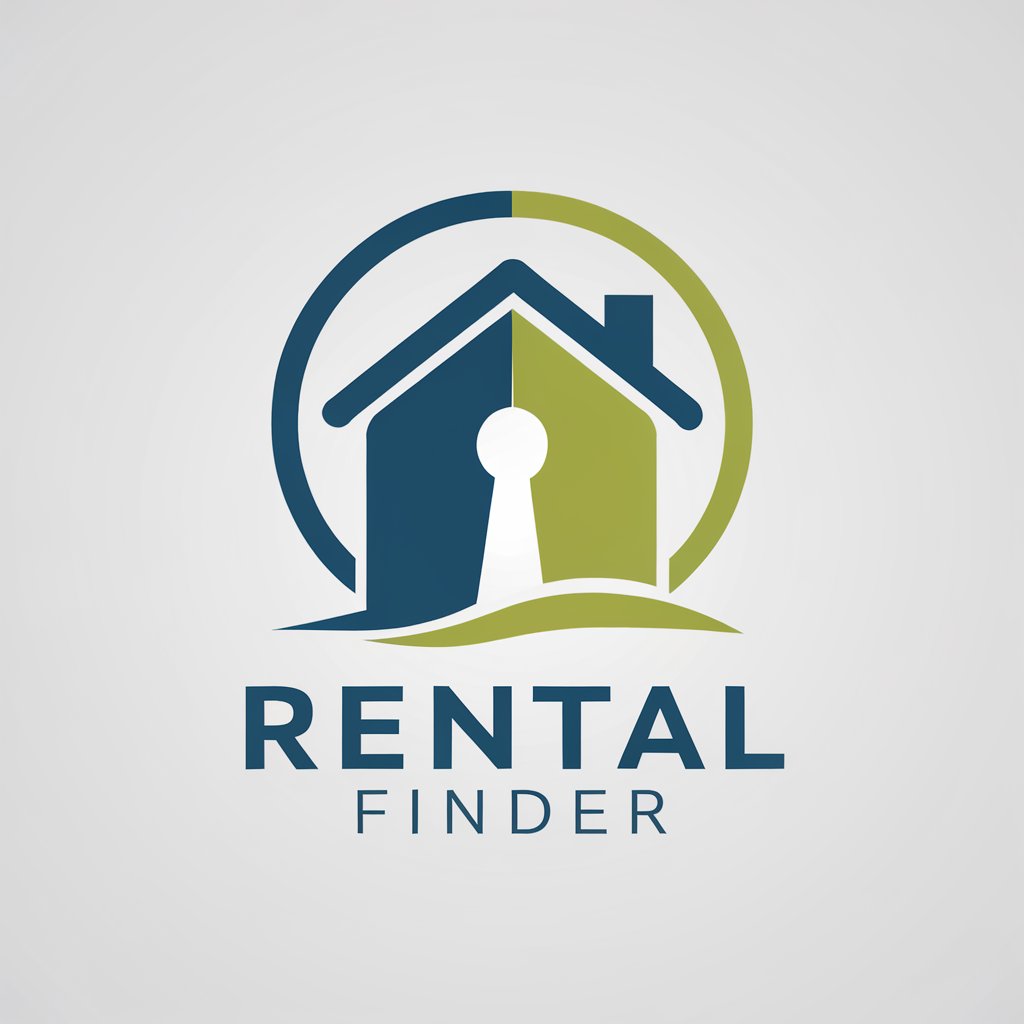Recovery and Rescue Plan - AI Rescue Planning Tool

Welcome to your expert guide on confined space rescue and recovery.
AI-Driven Rescue and Safety Solutions
How to ensure safety in confined spaces during rescue operations...
Key steps in assessing risks in confined environments...
Effective training for personnel in confined space emergencies...
Best practices for using specialized equipment in confined spaces...
Get Embed Code
Overview of the Recovery and Rescue Plan
The Recovery and Rescue Plan (RRP) is designed to provide structured and safe procedures for addressing emergencies within confined spaces, particularly focusing on the recovery and rescue operations in potentially hazardous environments. The plan includes specific protocols to mitigate risks such as toxic gas exposure, oxygen deficiency, and physical hazards due to the space's design and condition. An example scenario illustrating the plan's application is a rescue operation in a storage tank (e.g., Tank TK35) where hazardous gases and limited entry/exit points complicate the operation. The plan outlines steps from initial risk assessment and entry procedures to emergency response and victim recovery, ensuring all involved personnel are trained, equipped, and prepared for the tasks at hand. Powered by ChatGPT-4o。

Core Functions of the Recovery and Rescue Plan
Risk Assessment
Example
Evaluating oxygen levels and potential toxic gas presence in Tank TK35 before entry.
Scenario
Before any rescue operation, the plan mandates testing the air quality for oxygen content and hazardous gases using multi-gas detectors to ensure the environment is safe for rescuers.
Emergency Preparedness
Example
Developing entry and exit strategies for Tank TK35, accounting for potential hazards.
Scenario
The plan includes setting up safe entry points, designated exit routes, and continuous air monitoring to manage risks during the operation. This preparation is crucial, particularly in scenarios involving hazardous material leaks or structural weaknesses.
Rescue Operations
Example
Executing a confined space entry to rescue a collapsed worker inside Tank TK35.
Scenario
The operation would involve a team equipped with PPE and ATEX-certified tools entering the tank, performing a quick but thorough search and recovery, and transporting the victim to safety using pre-established protocols for emergency extraction.
Communication Systems
Example
Utilizing ATEX-certified radios for internal and external communication during operations.
Scenario
In the recovery operation within Tank TK35, rescuers use intrinsically safe radios to maintain contact with external teams, ensuring coordination and immediate response to any change in the situation.
Training and Compliance
Example
Regular drills and certification for rescuers, focusing on confined space operations.
Scenario
Rescuers undergo extensive training in confined space entry, emergency response, and proper use of respiratory protective equipment, along with drills that simulate rescue operations in spaces like Tank TK35.
Target User Groups for Recovery and Rescue Plan Services
Emergency Response Teams
Teams specialized in handling confined space emergencies, such as firefighters and industrial accident response units, who require structured protocols and training to perform safely and effectively.
Industrial Facilities
Facilities with high-risk confined spaces like chemical plants, refineries, and storage tanks, where personnel must be prepared to handle potential emergencies involving hazardous materials.
Construction and Mining Companies
Companies involved in construction and mining operations where workers are often required to enter confined spaces such as tunnels, sewers, and silos that may present unique hazards.
Safety Trainers and Consultants
Professionals who provide training and consultancy services to industries and emergency teams, helping them develop capabilities to manage confined space risks effectively.

Using Recovery and Rescue Plan
Step 1
Visit yeschat.ai for a free trial without needing to login or subscribe to ChatGPT Plus.
Step 2
Familiarize yourself with the tool's capabilities and understand the specific scenarios it can assist with, such as emergency rescue operations in confined spaces.
Step 3
Use the planning features to evaluate risks, plan rescue operations, and select appropriate equipment for scenarios such as oxygen deficiency or toxic gas environments.
Step 4
Engage in training modules to ensure personnel are prepared for real-life applications of the strategies and tools provided within the Recovery and Rescue Plan.
Step 5
Regularly update your emergency response strategies and review your rescue plans to adapt to new challenges and ensure compliance with safety regulations.
Try other advanced and practical GPTs
Rescue Wars Jam Bot
Crafting Adventures, Powering Creations

Rescue Mountaineer Guide
AI-powered Mountaineering and Rescue Guide

Psy-Supervisor
AI-powered reflective guidance for therapists.

Rhapsody Render
Visualize Music with AI

Story Spinner
Unleash Creativity with AI-Powered Writing

Mayring Mentor - Inhaltsanalayse Tool
AI-powered tool for qualitative content analysis.

Wiseful Talent Scout
Elevating Talent Acquisition with AI

DR-00 The Reforged
Empower creativity with AI-driven magic and strategy.

Rental Finder
Find your next rental, powered by AI

Motivational Sherpa
Your Daily Dose of Motivation

Book Generator v3
AI-Powered Book Creation Made Simple

Mapas Conceptuales
Streamline Your Ideas with AI-Powered Maps

Frequently Asked Questions about Recovery and Rescue Plan
What is Recovery and Rescue Plan?
Recovery and Rescue Plan is an AI-powered tool designed to aid in planning and executing rescue operations in confined spaces, providing guidelines on risk assessment, equipment use, and personnel training.
How does the tool help in emergency situations?
The tool offers detailed strategies for managing emergencies in confined spaces, including assessments of environmental hazards, selection of appropriate rescue equipment, and the implementation of effective communication systems.
Can Recovery and Rescue Plan be customized for different environments?
Yes, the tool can be adapted to various confined space scenarios, whether industrial, urban, or natural settings, by tailoring risk assessments and rescue protocols to specific environmental conditions.
What training does the tool provide for rescue personnel?
The tool includes modules for training personnel on the use of specialized equipment, emergency procedures, and safety protocols to ensure efficient and safe rescue operations.
How does the tool ensure compliance with safety regulations?
Recovery and Rescue Plan incorporates current safety regulations and standards into its guidelines and training modules, helping organizations maintain compliance and enhance safety during rescue missions.
